October 14, 2024 | 13:28 GMT +7
October 14, 2024 | 13:28 GMT +7
Hotline: 0913.378.918
October 14, 2024 | 13:28 GMT +7
Hotline: 0913.378.918
Ms. Luu Thi Hang, Director of the Sub-department of Crop Production and Plant Protection in Hanoi, reported that the city experienced severe flooding and prolonged rainfall in certain districts as a result of storm No.3 and its aftermath. Several regions of seasonal crops and vegetation were damaged.

A delegation from the Ministry of Agriculture and Rural Development and businesses presented vegetable seeds to Dong Cao General Service Cooperative (Trang Viet Commune, Me Linh). Photo: Trung Quan.
Hanoi DARD and the Sub-Department have directed technical staff and units to assess and evaluate the damage situation in order to accelerate the restoration of crop production. They have also instructed individuals on how to address the issue. In response to the most recent storm, efforts are currently underway to expedite the harvest of waterlogged vegetables and fallen rice, where practicable, in order to clear land for early winter crops. Local authorities are actively advising residents to evaluate damages and promptly restore production in order to achieve a total winter crop area of approximately 35,000 hectares in Hanoi by 2024, which represents a 3,000-4,000 hectare increase from the initial targets.
To guarantee income and supply, the expansion of winter crop production concentrates on critical crops such as maize, soybeans, peanuts, potatoes, and a variety of vegetables. In the initial post-storm phase, the market's green vegetable supply is rapidly replaced by prioritizing short-season vegetables such as pak choi and mustard greens, which can be harvested within 30-40 days.
As of October 10th, the total winter crop planting area in Hanoi had attained 55-60% of the plan, as per Ms. Hang, through coordinated efforts. The Hanoi Department of Agriculture and Rural Development has recommended that the City People's Committee submit a proposal to the City Council for partial cost support for critical winter crops. These crops include corn (over 4,000 hectares), sweet potatoes (579 hectares), soybeans (573 hectares), peanuts (138 hectares), potatoes (990 hectares), and a variety of vegetables (nearly 11,000 hectares). With an estimated expenditure of 213 billion VND, this support program encompasses more than 17,200 hectares.
Mr. Dam Van Dua, Director of the Dong Cao General Services Cooperative in Trang Viet commune (Me Linh), disclosed that the cooperative promptly implemented a comprehensive winter vegetable production plan following the storm and communicated with households via loudspeakers to guarantee consistency. He acknowledged that winter is a high-value crop season. The high market prices are exploited to increase income and compensate for lost crops, resulting in the rapid rehabilitation and replanting of flooded areas with short-term verdant vegetables.
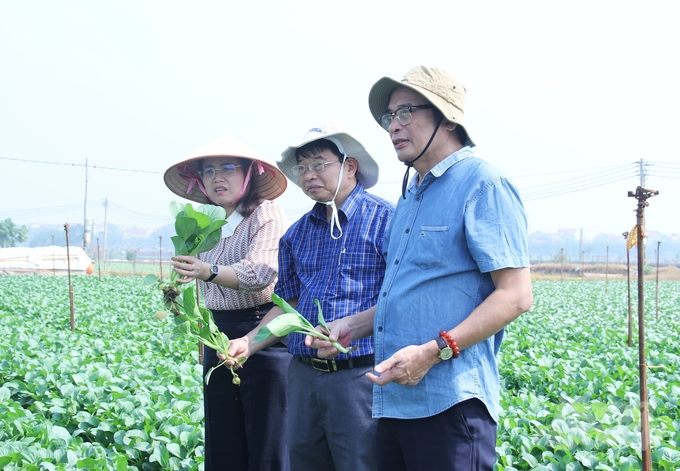
According to Mr. Nguyen Nhu Cuong, this winter crop, the northern provinces aim to increase by 50,000 hectares compared to previous years. Photo: Trung Quan.
Currently, the cooperative has restored 150 hectares of its 200 hectares designated for winter production. The remaining 50 hectares are undergoing active planting, with complete coverage anticipated by the end of October. The harvest of vegetables that were planted subsequent to the typhoon is currently underway, with prices ranging from 7,000 to 8,000 VND/kg, with occasional increases to 20,000 to 23,000 VND/kg. The cooperative intends to supply 30,000 tons of vegetables to the market this winter, after deductions for costs. Farmers are beginning to see profits.
Mr. Dua also addressed concerns that certain producers may be employing growth stimulants to satisfy high demand, stating that this is inaccurate. The present weather conditions are conducive to the rapid growth of crops. The floods have left a beneficial layer of silt that enhances plant growth and reduces parasites, allowing for earlier harvests without the need for pesticides. This reduces the typical growth cycle by 5-6 days.
Mr. Nguyen Nhu Cuong, Director of the Department of Crop Production (MARD), recognized the obstacles presented by Storm No. 3 after conducting a field assessment. MARD and local authorities are implementing a variety of support measures to speed up the restoration of production. One of these measures is the expansion of winter agricultural areas to 420,000 hectares, which represents a 50,000 hectare increase from previous years. The localities have developed appropriate planting schedules, changed crop structures, and prepared resources to achieve these objectives.
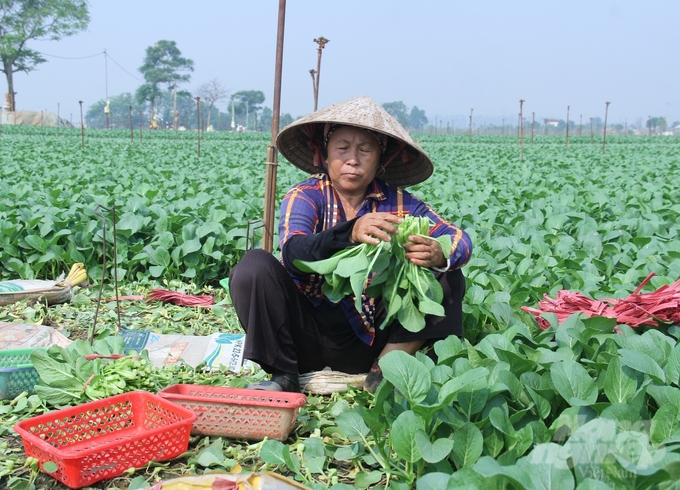
Up to now, the work of restoring production in Hanoi and other localities has been going smoothly. Vegetables replanted after the storm have been harvested. Photo: Trung Quan.
Furthermore, the Department of Crop Production has solicited assistance from the Vietnam Seed Trade Association and affiliated enterprises to supply seeds, fertilizers, and supplies to the affected regions without increasing prices, thereby expediting the recovery process. "With comprehensive support from MARD and favorable weather, we can confidently say that there will be no shortage of quality seeds for the rest of the winter season, and production is expected to remain stable compared to previous seasons," Mr. Cuong stated.
Translated by Linh Linh
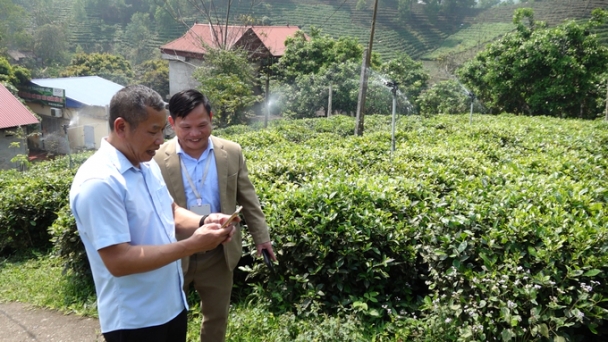
(VAN) The production unit code functions as a 'visa' that enables the acceptance of tea in many countries and simplifies customs clearance. Any frauds may lead to penalties or market access difficulties.
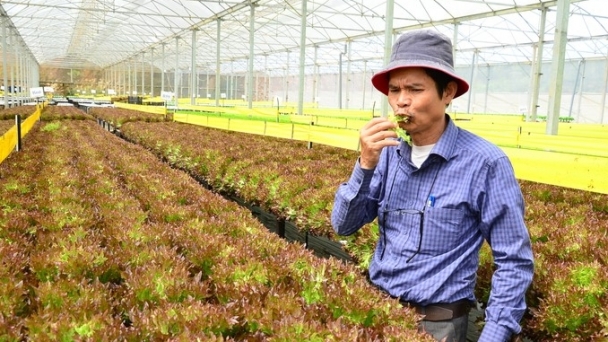
(VAN) Mr. Tran Huy Duong (Lang Biang Farm Company) in Da Lat City said that Decision 178 of the Lam Dong Provincial People's Committee made him and other greenhouse owners worried.

(VAN) The iMetos smart climate station enables producers to identify extreme weather phenomena and promptly implement timely responses.

(VAN) Planning is image marketing for the country. After having a complete planning version, the parties must find a way to market that product to a large number of people, organizations, and businesses.
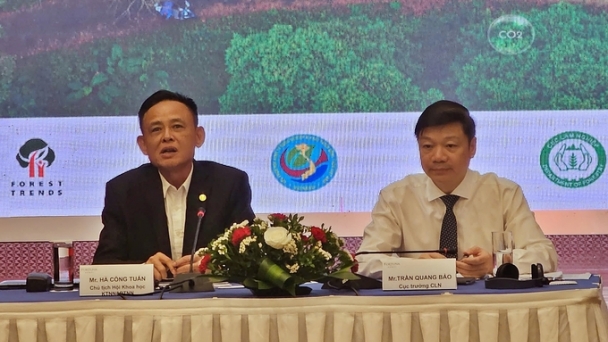
(VAN) Director of the Forestry Department Tran Quang Bao proposed 7 critical tasks in the coming time to help forest owners create a stable financial source for forest protection and development.
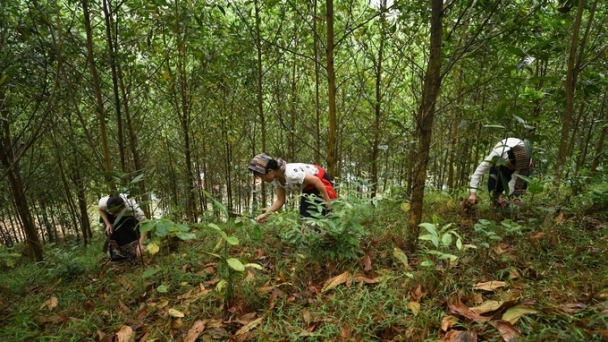
(VAN) The Ministry of Finance has drafted additional regulations on funding for forest protection, forest development, improving forest productivity and quality, and sustainable forest management.